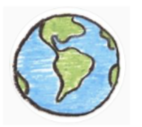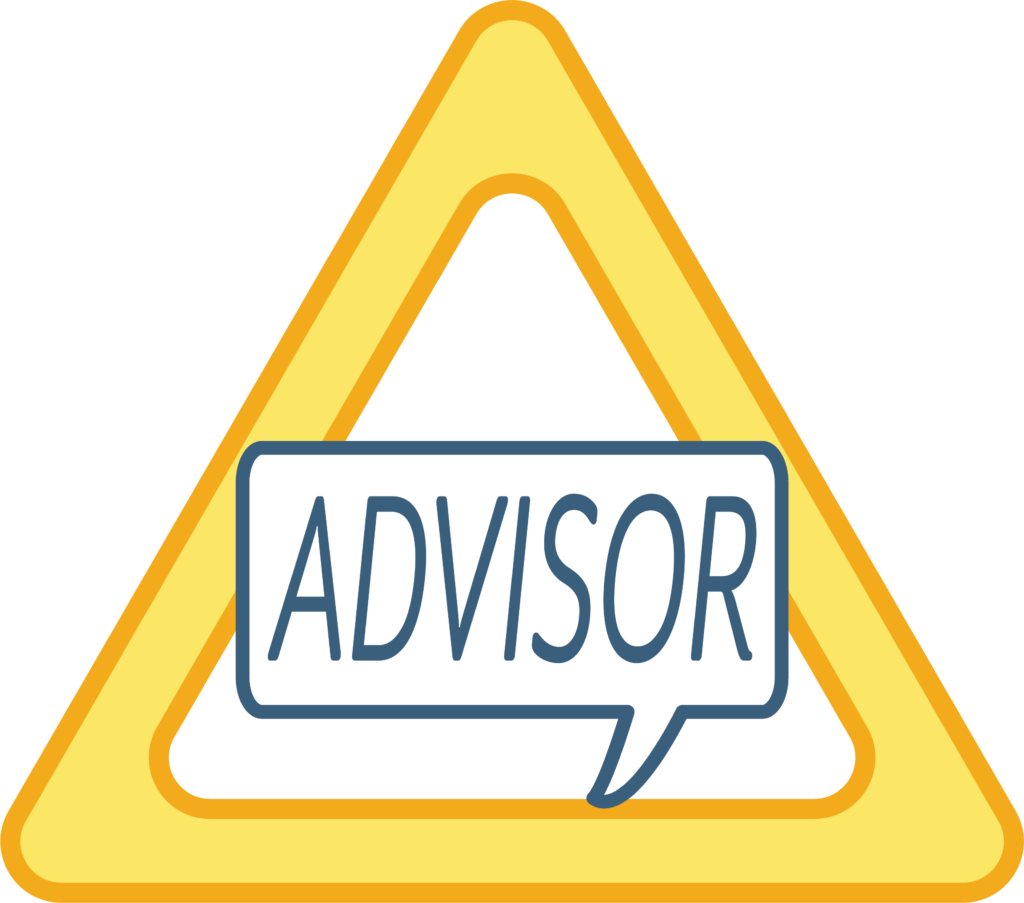After reviewing this page and watching the video below, contact your Advisor before submitting Form 1.5!
Setting Your Goals!
At this point, you’ve chosen a project and a campaign type to make change in your community! The next step is to write an effective goal statement for your project.
An Effective Goal for your Climate Solutions Project should:
- Be well defined
- Be measurable and may include the amount of greenhouse gas your project aims to reduce or prevent (if applicable)
- Be time bound with a set start and end date
- List specific actions taken to ensure success
Generic vs. Effective Goals
Here are two examples of goal statements. The first is generic and unlikely to result in success, while the second contains all the components of an effective goal and is much more likely to result in a successful project:
- Generic: We want to reduce CO2 generated from idling cars.
- Effective: We want to reduce 1.5 tons of carbon dioxide emissions (measurable amount of greenhouse gas) from idling cars in the drive-through line at the fast-food restaurant on the corner of Pine and 1st (well defined) by conducting a Public Education and Action Campaign targeting customers (specific action) every Friday afternoon during the month of April (time bound).
Let’s take a break to recap what Greenhouse Gasses are and how they impact the Earth!
Greenhouse Gas Reduction Goals and Advocacy Goals
All Climate Solutions Campaign Projects will have the potential to reduce greenhouse gas emissions. However, some greenhouse gas reductions can be measured, and some cannot. If your project will have a greenhouse gas reduction that can be measured, reach out to your advisor to have them help you establish a goal for this reduction.
Whether or not you can measure your greenhouse gas reductions ALL projects will have advocacy goals or potential impacts on their audience that can be measured.
Examples:
- # of presentations given
- # of people who saw a video
- # of signatures on a petition
- # of participants that attend an event.
Next, you will write out an effective goal statement that details the measurable parts of your project.
Be sure to include your project’s advocacy goals and, if applicable, your project’s greenhouse gas goals.
Be sure to look at the two examples below to see what an effective goal looks like; both with and without a measurable greenhouse gas reduction.
Effective Goal with Greenhouse Gas Target
For example, if your project focuses on reducing the number of cars that idle in a drive-through, you are able to calculate how much carbon dioxide (greenhouse gas) your project will aim to reduce.
Effective Goal: We want to reduce 1.5 tons of carbon dioxide emissions (measurable greenhouse gas target) from idling cars in the drive-through line at the fast-food restaurant on the corner of Pine and 1st (well defined) by conducting a Public Education and Action Campaign targeting customers (specific action) every Friday afternoon during the month of April (time bound).
Effective Goal without Greenhouse Gas Target
NOT all projects will have an easily definable amount of greenhouse gas that is saved or prevented. For example, if your project focuses on educating your school community on the impacts of single use plastics on the climate, it would be very difficult to accurately measure the exact impact that your project had on the habits of the people you reached. So, you would not need to report a measurable greenhouse gas reduction/prevention.
Effective Goal: We want to educate 75% of our school community (measurable) on the harms of single-use plastics and how to avoid them (well defined) by conducting a Public Education and Action Campaign by holding three Zoom webinars in the month of March (time bound), that teach the students how avoid and upcycle plastic (specific action).
Contact your Advisor prior to submitting this form to go over your Effective Goal Statement and get guidance on if it should include a Greenhouse Gas Target.
Bonus Points Opportunity
Create a Team Logo or Slogan
Creating a catchy slogan or interesting logo is a great way to grab your audience’s attention. It can also interest your audience to hear more and/or take action with you! The more creative and fun these are, the better!
Logo Example:

Having trouble viewing or completing the form below? To view in Google Forms click here – Phase 1.5 Form
You did it – you completed Phase 1 – Learn!
Did you complete the following tasks? You’ll need to complete them before heading into Phase 2 – Create a Plan
- Watch the Climate Crisis Recap video (Earn a Bonus Point)
- ✅ Watch the Climate Solutions Shark Tank Topic video.
- ✅ Explore the Deep Dive on one or more topics.
- Energy, Transportation, Food, Waste, and Trees
- ✅ Decide which topic to focus on for your project. Complete the “Phase 1.1 – Climate Solutions Topic” questions.
- ✅ Choose your team’s solution and project. Complete the “Phase 1.2 – Solution and Project” questions.
- ✅ Pick a campaign type for your project. Complete the “Phase 1.3 – Campaign Types” questions.
- ✅ Reach out to an expert to learn how your topic and project impact your community. Complete the “Phase 1.4 – Reach Out to an Expert” questions.
- ✅ Write an effective goal statement to guide your project. Complete the “Phase 1.5 – Effective Goal Statement” questions.
- Check in with your Advisor.
NEXT STEP: Create a Plan
Click Here: Move on to the next step: Phase 2 – Create a Plan
Looking for Another Page? Head over to the Campaign’s Table of Contents.
